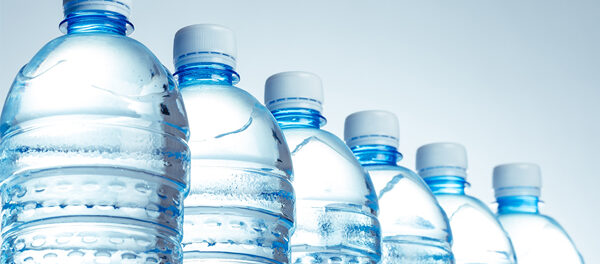How Much Plastic Are We Consuming?

Plastic is everywhere, from the Arctic ice to human placenta. In fact, previous estimates suggest that the average person ingests a credit card-worth of microscopic plastic particles every week. But new research shows that this could actually be an understatement.
Microplastics refer to any plastics that are smaller than 5 millimeters (0.2 inches) long. They can be found in industrial waste and various beauty products and can also be formed during the degradation of larger pieces of plastic waste. Over time, these microplastics can break down even further into so-called nanoplastics. These nanoplastics are so tiny that they can pass through our intestines and lungs directly into our bloodstreams and travel through our bodies into our vital organs, including our hearts and brains.
Many of these plastic particles are washed into the ocean, which contains somewhere between 50 and 75 trillion pieces of plastic, according to estimates by UNESCO’s Ocean Literacy Portal. And eventually, these plastics end up in our food and waterways. While the idea of eating plastic is unsettling in itself, the major concern here is that these plastic particles contain chemicals that can interrupt our body’s natural release of hormones, potentially increasing our risk of reproductive disorders and certain cancers. They can also carry toxins on their surface like heavy metals.
Excerpted from Newsweek










